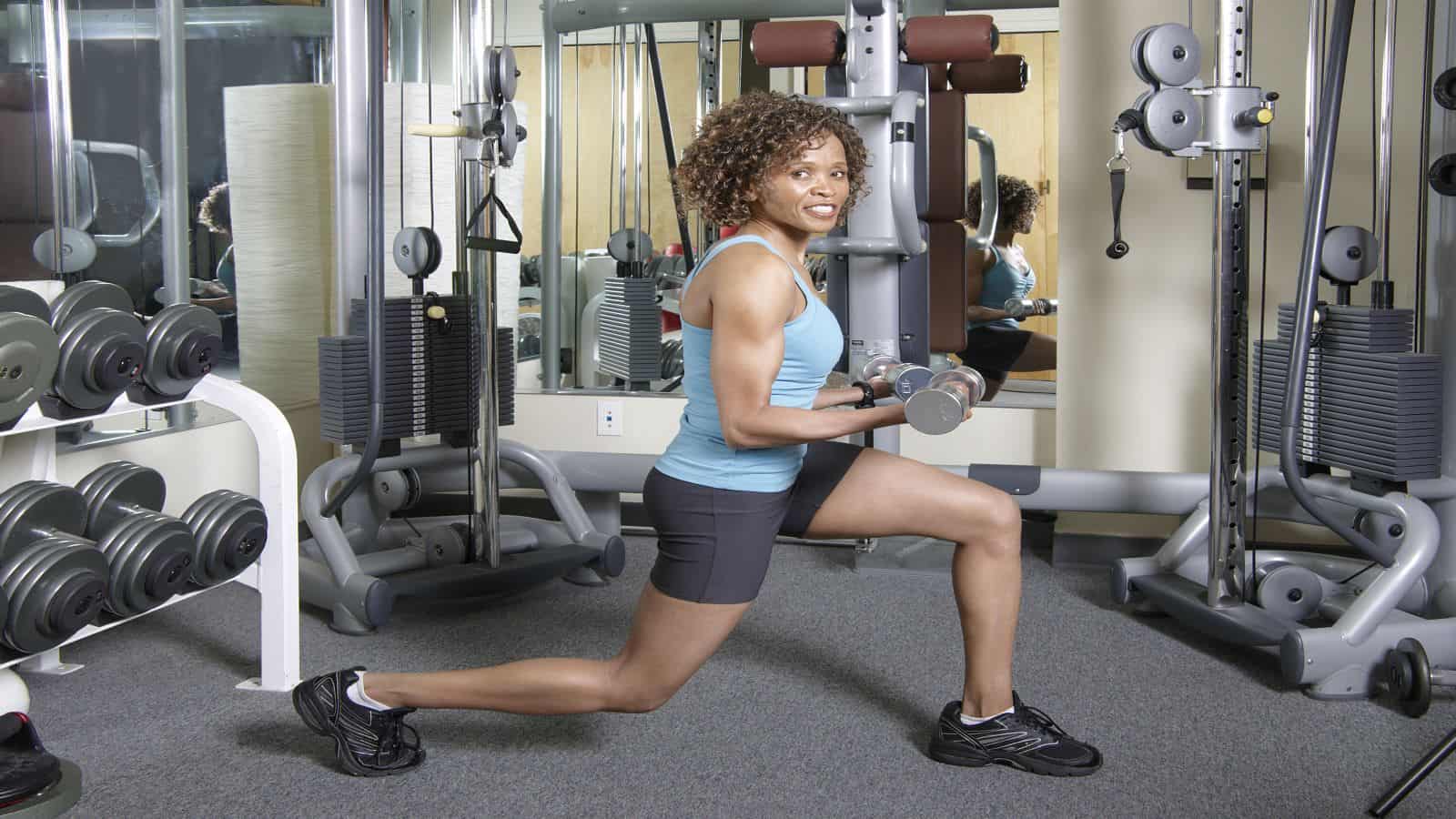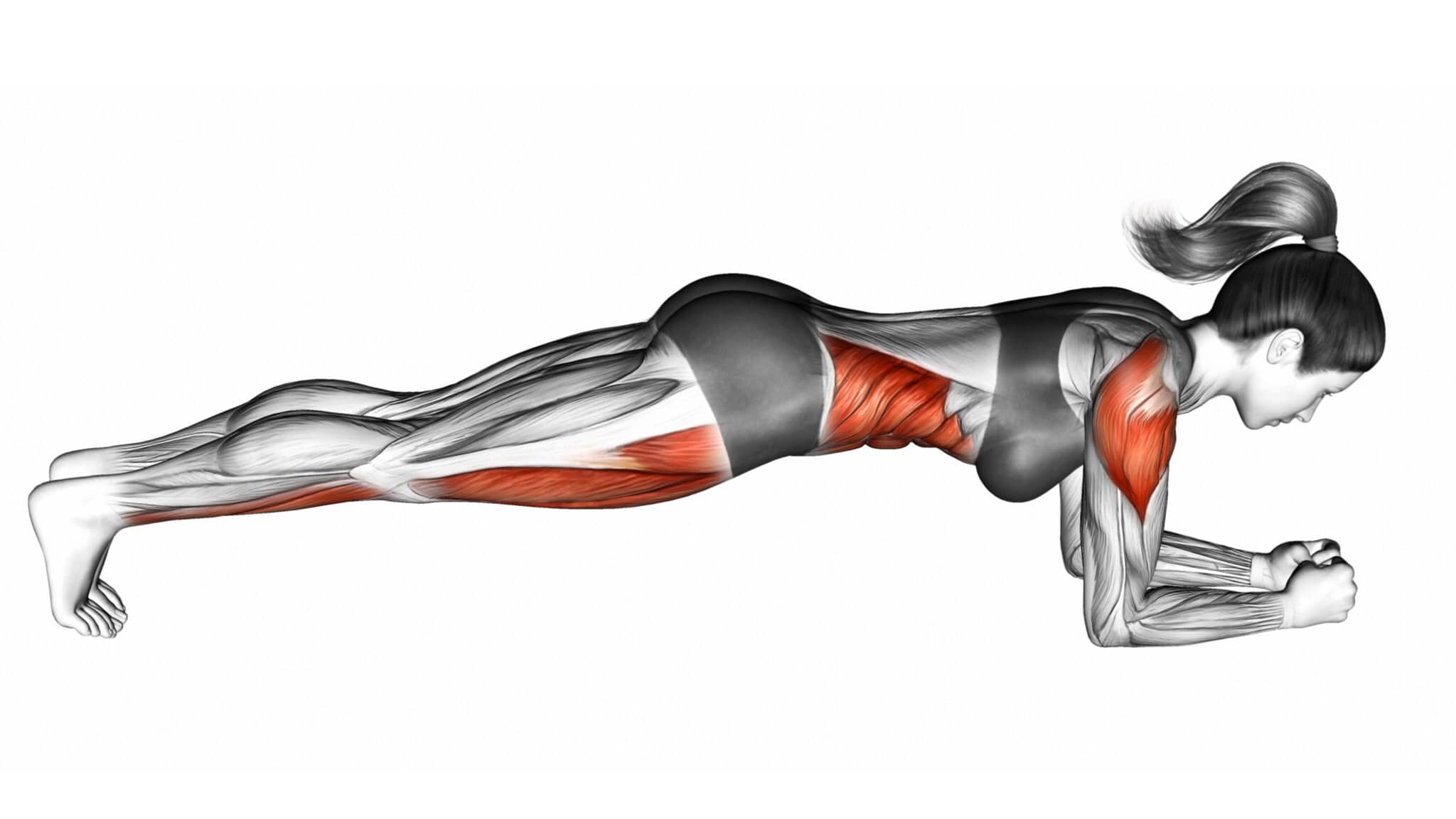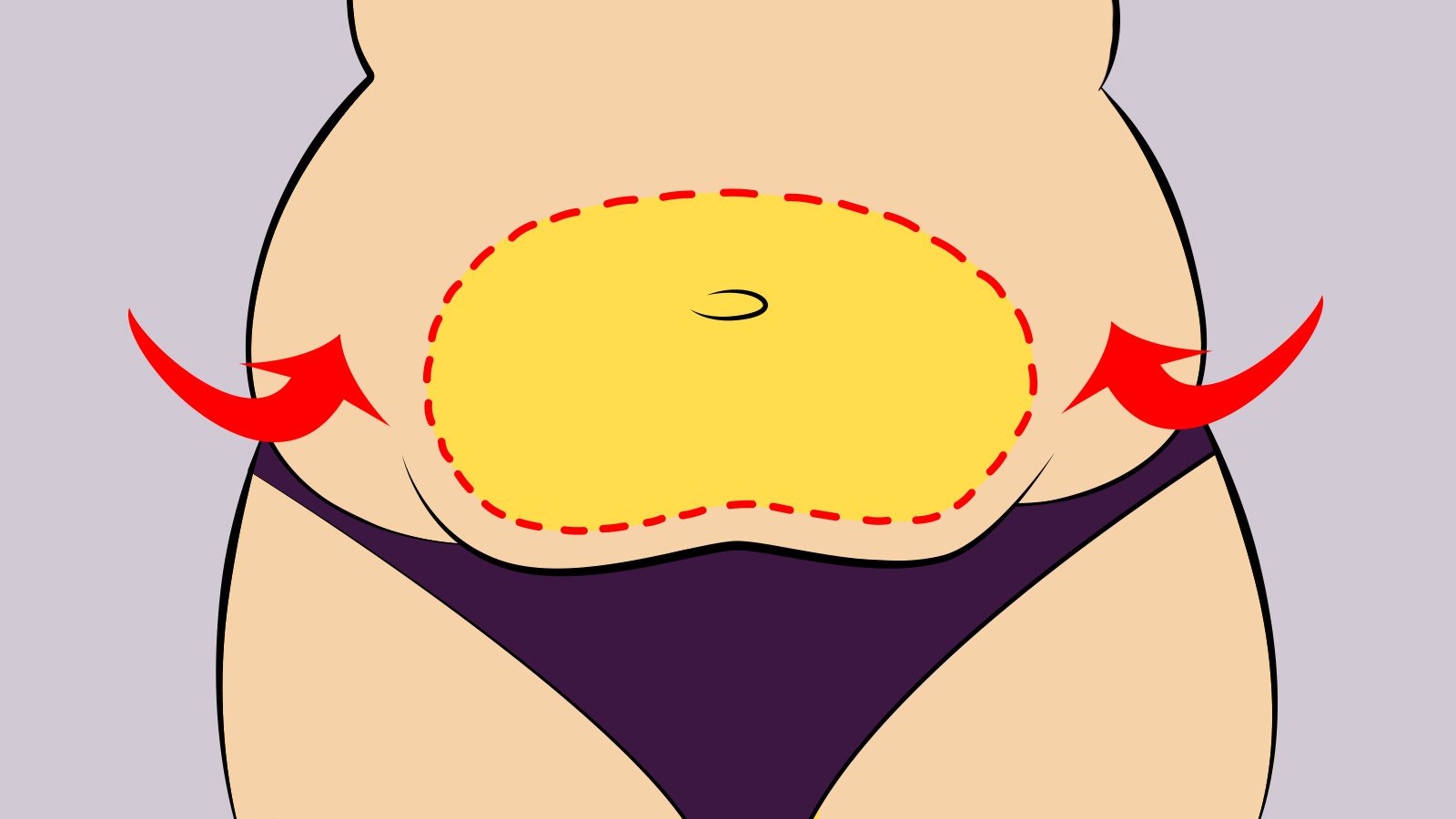PCOS belly fat is one of the most common symptoms affecting women with Polycystic Ovarian Syndrome. Regular exercises can significantly help reduce PCOS belly, enhance overall fitness, and improve your quality of life.
PCOS affects women of childbearing age, impacting how their ovaries work. If you have PCOS, it makes it hard to metabolize food, leading to weight gain. Other symptoms may include:
- no menstrual periods
- irregular periods
- infertility
- thinning hair
- acne or oily skin
- hair growth on your face, chest, back, stomach, or upper thighs
Consider seeing a healthcare professional if you have trouble losing weight and experience any of the other symptoms. A diagnosis can help you get the help you need to manage the condition, including reducing the PCOS belly.
If you gain belly fat because of PCOS, you can make lifestyle changes to reduce it. Exercising can make a difference, and you can get started at home.
Understanding PCOS and Weight Gain
PCOS involves hormonal imbalances, including insulin resistance, elevated cortisol, and high androgens. When these issues occur, they can contribute to weight gain and storing fat around your waist.
Insulin resistance makes it hard for your body to use insulin, making it hard for your body to convert glucose into energy. When your cells are insulin resistant, you experience increased blood sugar levels. Then, your pancreas produces more insulin and androgens, contributing to weight gain.
Weight gain in PCOS tends to stay around your abdomen, leading to the PCOS belly. It creates an apple shape rather than the more common pear shape.
There isn’t a cure for PCOS, but you can manage the symptoms to live a better life. Positive lifestyle changes involving exercise and healthy eating can make a difference.

Benefits of Exercise in Managing Polycystic Ovarian Syndrome
To manage Polycystic Ovarian Syndrome, exercise can help you regulate hormones, boost your mood by triggering endorphin production, increase insulin sensitivity, and decrease cholesterol levels. It promotes holistic wellness, and the benefits can help you prevent or reduce a PCOS belly.
Improved Insulin Sensitivity
After exercise, insulin sensitivity increases in skeletal muscles, allowing your body to convert glucose to energy. Studies show that it also reduces oxidative stress and inflammation that contribute to insulin resistance.
Weight Loss
PCOS often leads to weight gain, but studies show that exercise can help you alleviate the issue. It can help with weight management because it increases insulin sensitivity, boosts your metabolic rate, burns fat, and improves overall health.
Reduced Risk of Associated Health Conditions
Having Polycystic Ovarian Syndrome increases the risk of type 2 diabetes due to insulin resistance. Exercise can help improve insulin sensitivity and protect you from developing worsening conditions. It also lowers cholesterol levels to protect you from heart disease.
Stress Relief
Stress worsens symptoms of Polycystic Ovarian Syndrome. But exercise can help. Exercise reduces stress hormones and triggers the release of endorphins that boost your mood. Endorphins also reduce depression and anxiety symptoms.
Enhanced Self-esteem
Studies show that exercise can improve your body image and make you feel good about your appearance. You’ll also have improved mental health that contributes to positive self-talk.
10 Exercises to Reduce PCOS Belly
Aerobic and strength training exercises promote fat burning, boost core strength, and improve muscle toning. These workouts can also help reduce PCOS belly:
Aerobic Exercises
Studies show aerobic exercise can lower body mass index (BMI) and insulin resistance. Aim for 30 minutes of aerobic exercise five to seven days weekly to help reduce PCOS belly fat. It can help burn belly fat and regulate hormone levels.
Walking
Brisk walking can burn many calories and increase your heart rate. When this happens, it helps eliminate belly fat while improving your overall physical health. Once you get comfortable with a brisk walk, consider running for more of a challenge.
Cycling
Cycling can burn many calories and abdominal fat while reducing insulin resistance. It helps you lose or maintain weight and improve your overall well-being. You can ride your bicycle outside or use an indoor cycling machine.
Swimming
Swimming is a full-body workout that doesn’t cause too much joint stress. It burns calories and increases muscle mass to help you burn fat.
Dancing
Dancing is a fun way to get exercise and reduce PCOS belly. It increases blood circulation, boosts insulin sensitivity, and helps reduce BMI.
High-intensity interval training (HIIT) to reduce PCOS belly
HIIT alternates challenging and fast-paced exercises with low-intensity movement or recovery. Studies show that HIIT can help reduce PCOS belly fat and overall body fat while boosting metabolism.
Some of the popular HIIT workouts include:
- burpees
- tuck jumps
- mountain climbers
- jump rope
Strength Training Exercises
Studies show that strength training helps reduce body fat and improves lean muscle mass. Aim for 12 to 15 repetitions, and increase your weights if your muscles don’t tire from your workout.
Squats
Squats reduce PCOS belly fat because they help increase metabolism and build lean muscle mass. You can intensify this exercise by putting a resistance band around your legs, placing it slightly above your knees.
Here’s how to do it:
- Stand with your knees and legs shoulder-width apart.
- Lower your body to the ground by driving your hips back.
- Return to the standing position before repeating the squat.
Lunges
Lunges focus on muscle mass and strength to help burn belly fat. They also help tone your muscles and increase your metabolism.
Here’s how to do it:
- Start with your feet below your hips.
- Move one foot forward and bend your knees until parallel to the floor.
- Shift your weight to your front leg before stepping through and moving your back foot forward.
- Repeat on the other side, alternating legs as you go.

Deadlifts
Incorporating barbell deadlifts into your exercise routine improves muscle mass and reduces belly fat.
How to do it:
- Stand with your ankles and legs shoulder-width apart with a barbell on the floor in front of you.
- Hinge down, keeping your back flat, and grab the bar with your palms.
- Raise the bar to thigh height by pushing your hips forward and standing straight.
- Lower the barbell to the ground and repeat the movement.
Kettlebell swings
Kettlebell swings can help burn belly fat by engaging your core muscles. It also targets your glutes, hamstrings, and quads, making it beneficial to multiple muscle groups.
How to do it:
- Start by holding the kettlebell, keeping your feet shoulder-width apart.
- Hinge your hips forward, keeping your back straight, and slightly bend your knees.
- Swing the kettlebell backward between our legs.
- Quickly bring the kettlebell forward by thrusting your hips forward.
- Once the kettlebell reaches shoulder height, let it swing back between your legs.
Planks
Planks reduce belly fat because they burn many calories and build strength. They promote core stability, helping build strength and improving posture.
How to do it:
- Start with your knees and palms on the ground in a tabletop position.
- Extend your legs backward until you’re balancing on your toes.
- Keep your body in a straight line while tightening your core.

Preparing for Exercises
Physical readiness is essential for exercise safety because it can prevent injury and soreness. It also helps you maximize the benefits of your workout by preparing your body. Staying hydrated is also essential, so keep plenty of water nearby before you begin.
Warming up before you begin your exercise routine is essential to reducing your injury risk. Stretching is one way to warm up and helps you prepare physically and mentally to give your best effort. You can also do cardio to warm up by walking outside or using a treadmill or stationary bike.
After physical activity, make time for a cool-down routine. It makes injury less likely and promotes muscle recovery. Cooling down also helps your body prepare for regular movement.
Protein promotes recovery, so consider consuming it shortly after your workout. It also maximizes the positive effects and enhances protein synthesis in your muscles.
Role of Diet in Managing Polycystic Ovary Syndrome
Exercise alone won’t reduce PCOS belly fat, so you should also be mindful of your diet. Healthy eating can make a difference because it promotes nutritional balance so your body can properly function.
Maintaining a healthy diet is essential to managing PCOS, helping you regulate blood sugar levels and inflammation. Consider a diet focusing on foods with a low glycemic index (GI) to help manage Polycystic Ovarian Syndrome symptoms. A low GI diet includes foods that have minimal impact on blood sugar levels.
Some dietary tips for reducing PCOS symptoms include:
- reducing caffeine
- increasing fiber and protein
- avoiding high-sugar food
- limiting processed foods
- cutting back on refined carbs
- increasing your intake of colorful vegetables
- avoiding alcohol
- eating lean protein at every meal

Final Thoughts on Reducing Your PCOS Belly to Feel Better
Incorporating cardio and strength training into your regular exercise routine can help manage and reduce PCOS belly fat. This holistic wellness method improves insulin sensitivity, balances hormone levels, and promotes weight management.
Building a regular exercise regime and maintaining a healthy lifestyle is one of the best things you can do for your health. It promotes holistic wellness and weight management, allowing you to live a fulfilling life. Living an active lifestyle and eating a healthy diet can help manage Polycystic Ovarian Syndrome symptoms and help you live a fulfilling life.



















